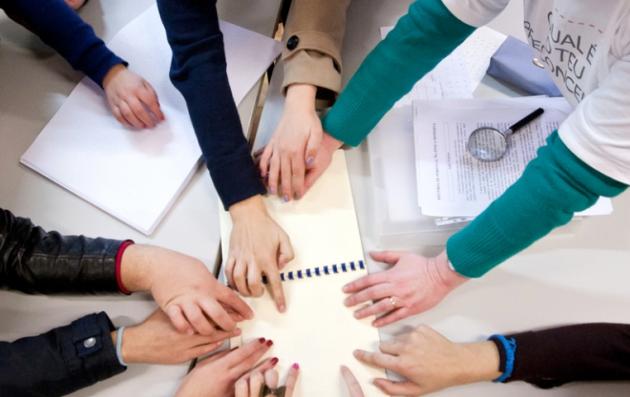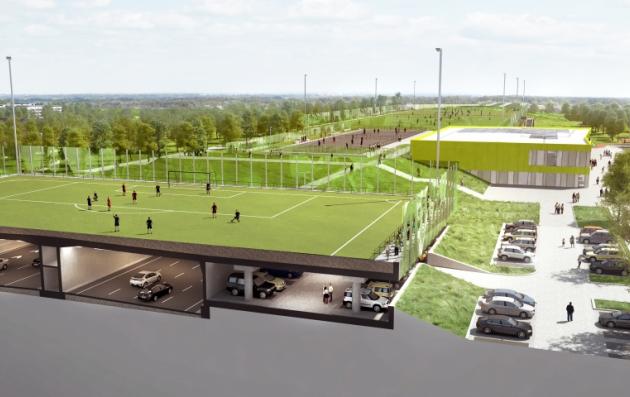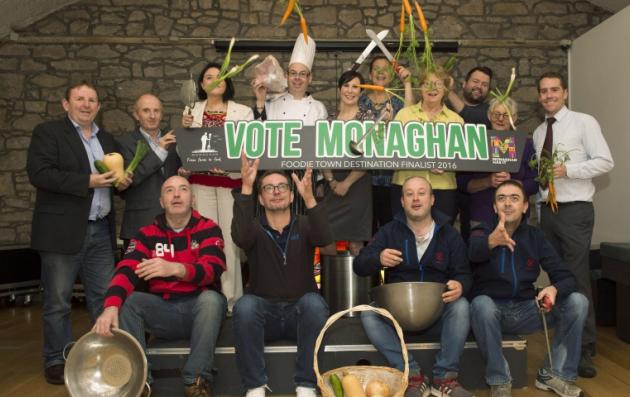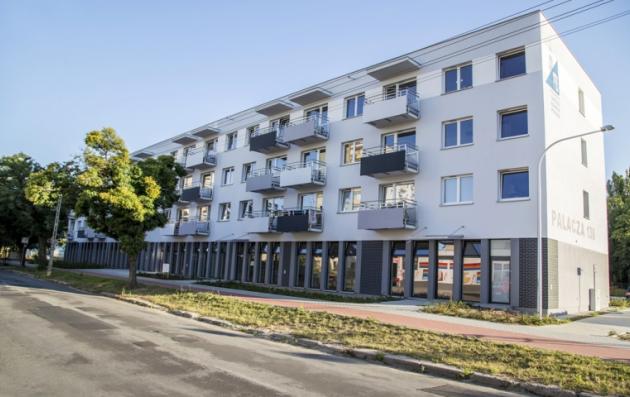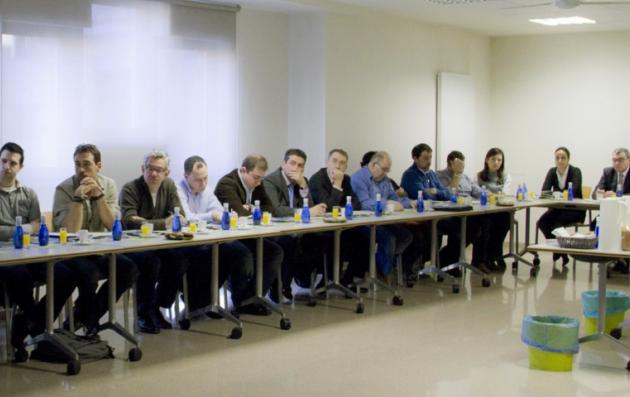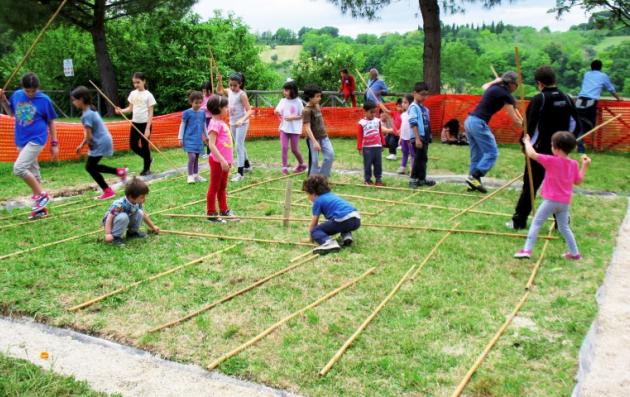IncrediBOL! Creative innovation
An innovative support scheme for Cultural and Creative Industries
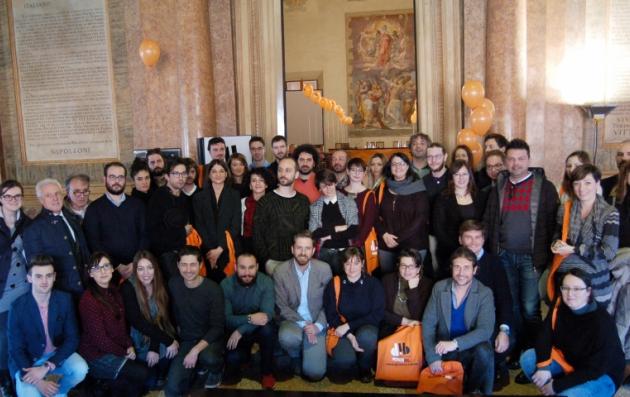
Summary
This project, active since 2010, boosts the cultural and creative sector in the Emilia-Romagna region (IT) using a simple formula: small grants + spaces + tailor-made services. Known in Italian as INCREDIBOL! (l’INnovazione CREativa DI BOLogna – or “Bologna’s creative innovation”), the scheme involves a network of 30 public and private partners. It is coordinated and managed by the Municipality of Bologna and financed by the Emilia-Romagna Region.
Every year INCREDIBOL! launches an open call for projects in the Cultural and Creative Industries (CCI) sector. Through this call, selected cultural and creative professionals in their startup phase receive small grants, rent-free spaces, promotion and tailor-made training and consultancies to fill any gaps in their entrepreneurial skills. INCREDIBOL! also provides constant feedback and evaluation of the winning projects. The aim is to retain the region’s creative talents and promote CCIs as a driver for innovation and economic development.
The solutions offered by the good practice
INCREDIBOL! acts through different policies and actions:
- Strategic use of the public heritage: through the spaces provided to its winners, INCREDIBOL! regenerates different areas of public real estate creating small "creative clusters";
- Integrated and participative approach: INCREDIBOL! is based on a large public-private partnership, which over the years has also been extended to the winners of the previous editions, who have become mentors for new CCIs;
- Vertical integration: INCREDIBOL! is a project of the City of Bologna, but acts in close cooperation and with the support of the Emilia-Romagna regional government throughout the whole regional area;
- Environmental problems: INCREDIBOL! encourages the development of new economies based on CCIs, usually "green" and characterised by a low impact on the environment;
- Social inclusion: promoting social and non-technological innovation, INCREDIBOL! helps the implementation of inclusive policies and actions on the city;
- Sustainable economic development: promoting "spillovers" between the creative sector and traditional sectors, INCREDIBOL! helps the innovation of the traditional economic sectors.
Building on the sustainable and integrated approach
INCREDIBOL! features an integrated approach that takes into account economic development, culture, urban regeneration, youth policies, social innovation. A good example of INCREDIBOL!’s integrated approach is the strategic use of public heritage: free spaces offered to young creatives in some deprived areas of the city have given young entrepreneurs a chance to set up their activity in a physical place. At the same time, the areas have experienced the settlement of a small creative cluster and small-scale regeneration processes have started.
On a bigger scale, the major presence of creatives enhances social cohesion and safety in the areas. The project features a win-win holistic approach: based on the cooperation of dozens of different actors from different fields, and an audience of active stakeholders, its effects have become relevant for the whole city, not only for the target group. The "INCREDIBOL! approach" has demonstrated its success and has been adopted in other initiatives as a good practice.
Based on a participatory approach
INCREDIBOL! is an ever-evolving network of public and private partners (30 at the moment, including the local university, Academy of Fine Arts, Chamber of Commerce and many private partners including entrepreneurs, consultants, incubators, training providers) which offer free services and participate in defining the evolution of the project.
Each partner contributes, according to its own specialisation, in a win-win approach able to create positive effects with a small budget, which includes dedicated support staff and a strong communication campaign. Several “senior winners” are actively involved in the project, dedicating their specific expertise to projects selected in recent rounds of the INCREDIBOL! call.
What difference has it made?
INCREDIBOL! has been the first support scheme for CCIs established in Italy, and since 2010 it has been evolving according to the changing needs of the sector. INCREDIBOL! is based on an integrated and holistic approach that considers creativity not only as a sector, but also as a driver for economic development, urban regeneration, quality of life, social innovation and city attractiveness.
So far, INCREDIBOL! has selected 82 winners aged under 40 through five calls for entrepreneurial projects, and has been upgraded to a stronger regional dimension thanks to the support of Emilia-Romagna region. It has assigned 27 public buildings to creative professionals and companies in Bologna. Lastly, it has supported, through dedicated calls for internationalisation projects, small urban regeneration projects and has provided assistance to more than 100 beneficiaries per year.
The mortality rate of INCREDIBOL! winners after three years is now 4% of the total, a very low index compared to other entrepreneurial sectors or support schemes.
Why should other European cities use it?
In addition to the issues addressed and solutions offered, which are of interest to most European cities, INCREDIBOL! has set a new approach for the public sector: more horizontal, informal and flexible and less dependent on high budgets (the average financial budget per year is 100,000 euros, but the global value of the project has been estimated at 500,000 euros).
It is also able to speak the language of the creative community and to shape the identity of the project according to their needs, becoming a good example of what Charles Landry has termed "creative bureaucracy". We also like to call it an example of "frugal innovation", a demonstration of how small-scale projects can generate bigger impacts with a win-win approach.
-
267_Bologna_Gpsummary.pdf(PDF, 19Ko)

